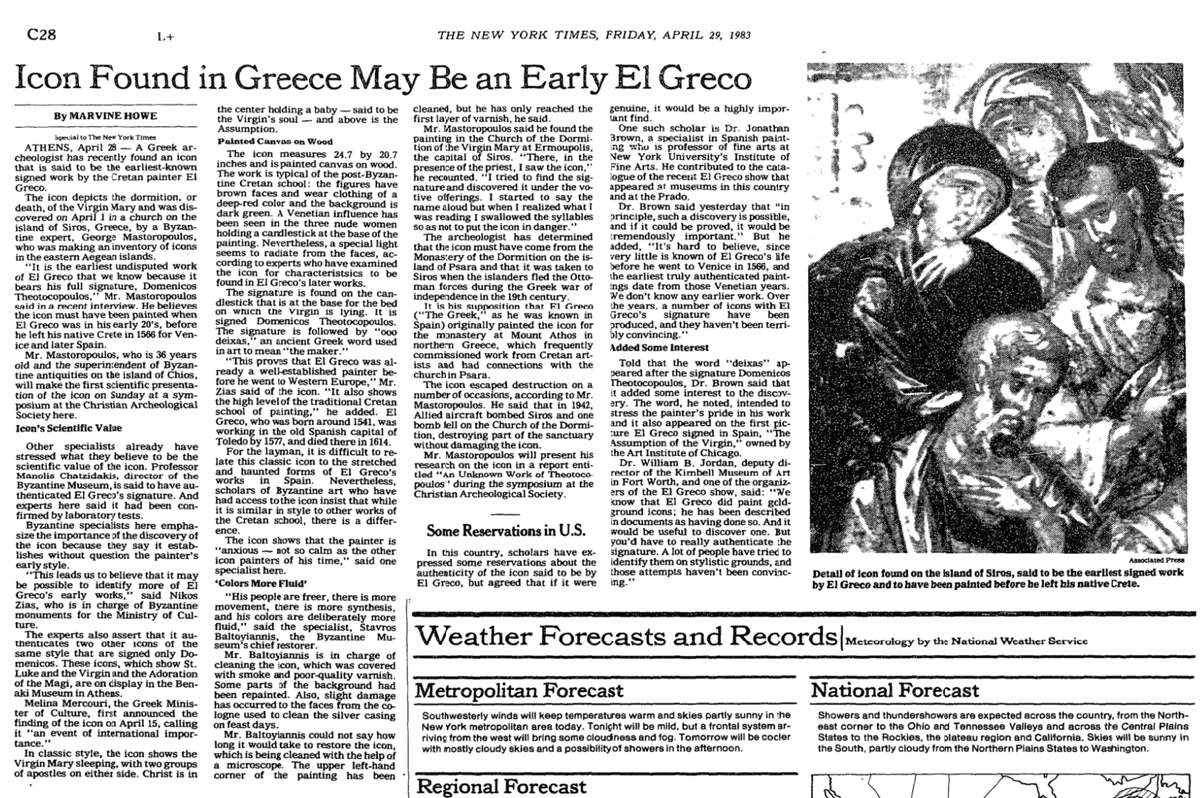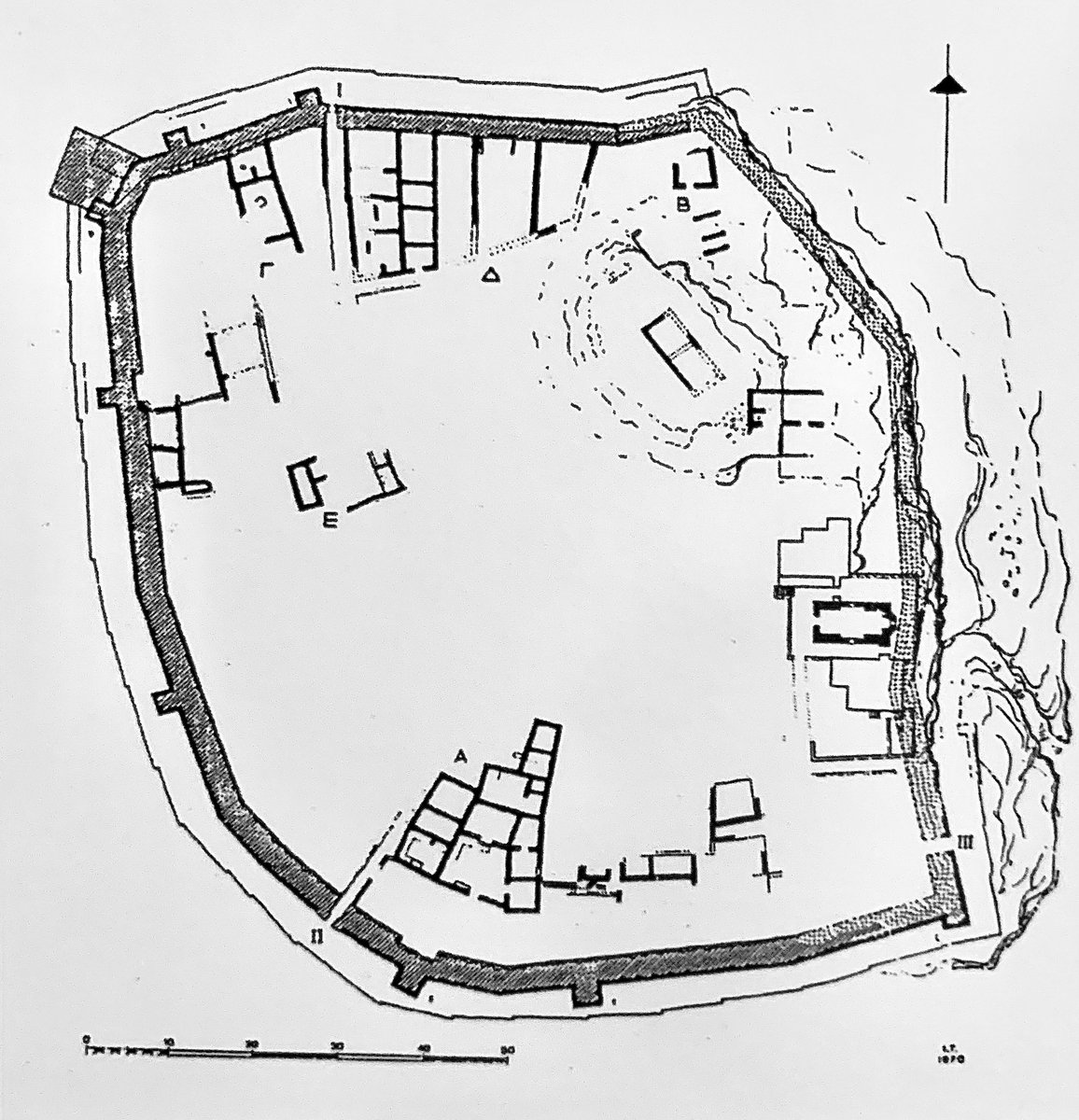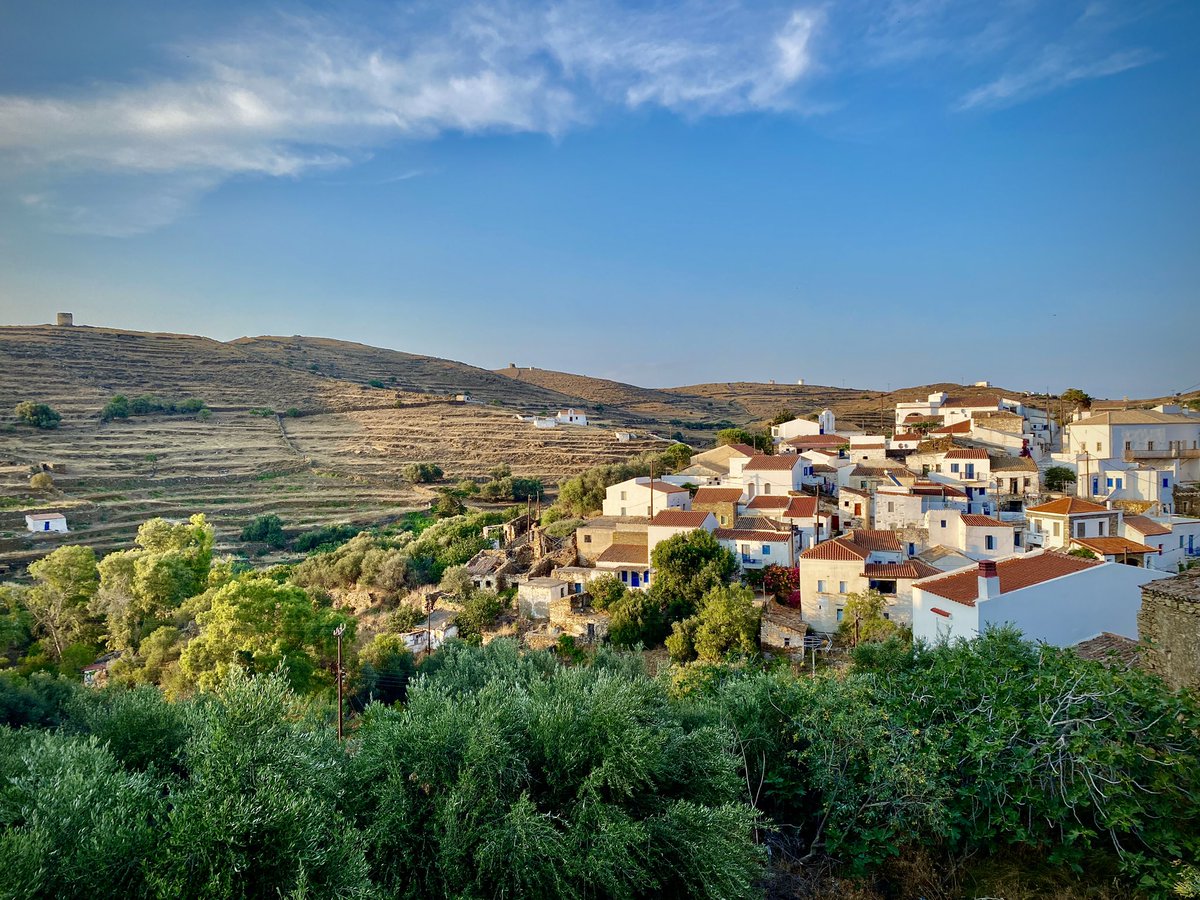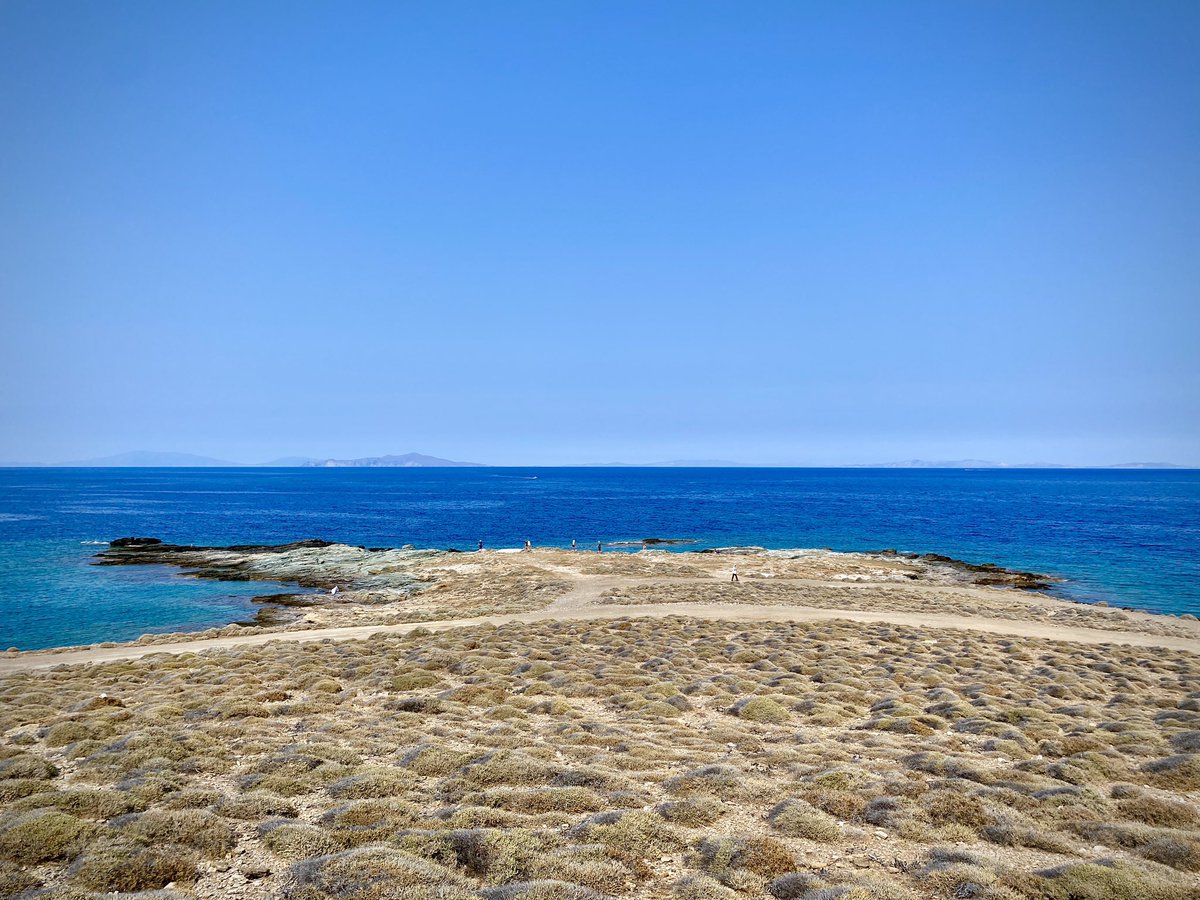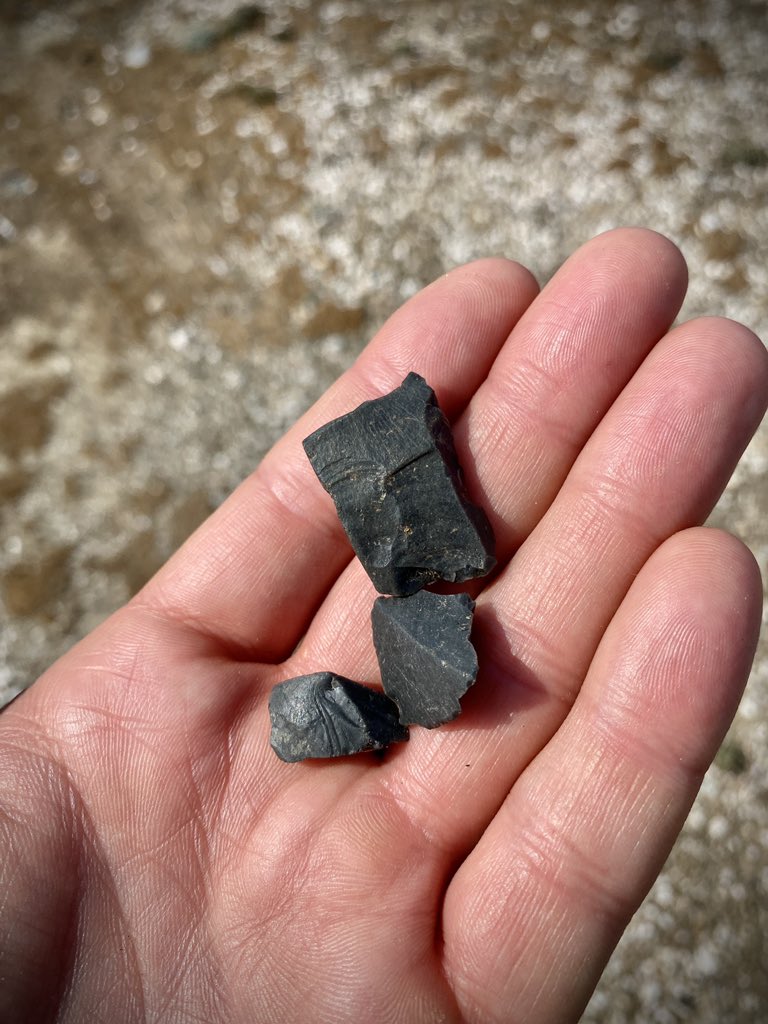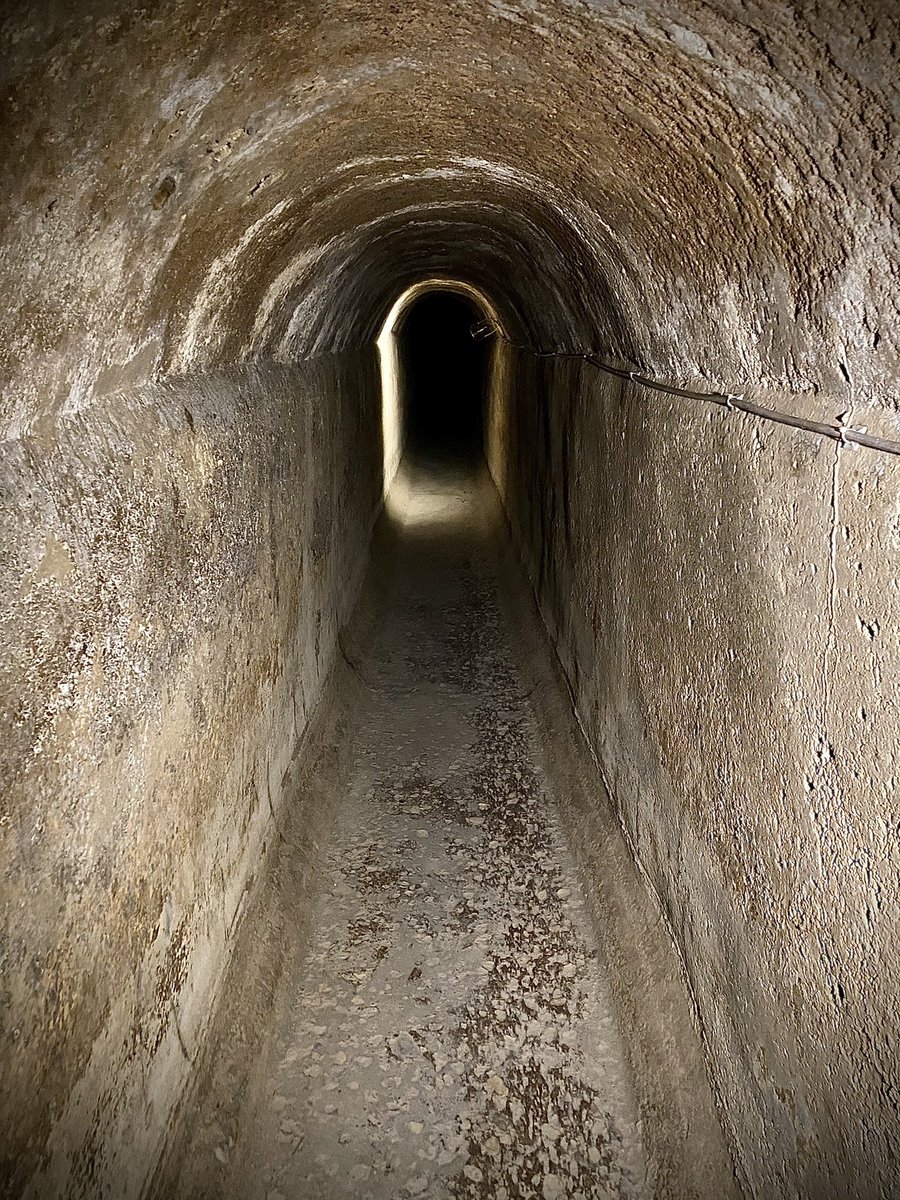
A visit to the Greek island of Melos means beautiful beaches, picturesque villages, & some of the most amazing #archaeology in the Cyclades!
This sea-battered rock is Phylakopi, one of the most important Bronze Age sites in #Greece, let’s explore why!
🇬🇷🏺🏝
🧵1/12 #SCIP2022
This sea-battered rock is Phylakopi, one of the most important Bronze Age sites in #Greece, let’s explore why!
🇬🇷🏺🏝
🧵1/12 #SCIP2022

Located on Melos’s rugged north coast, Phylakopi was occupied from the Early Bronze Age (2300 BCE) until the collapse of the Bronze Age 1200 years later.
Throughout, it was an important site of trade, connecting mainland Greece with Crete & the rest of the Cyclades!
2/12
Throughout, it was an important site of trade, connecting mainland Greece with Crete & the rest of the Cyclades!
2/12

Phylakopi was an important center of trade for two main reasons: the island’s strategic location & its abundant natural resources.
Perhaps the most important was Melian obsidian, a volcanic glass that was used to make sharp tools throughout the Bronze Age Aegean & beyond!
3/12
Perhaps the most important was Melian obsidian, a volcanic glass that was used to make sharp tools throughout the Bronze Age Aegean & beyond!
3/12

Since 1896, archaeologists from @BSAthens have been excavating at Phylakopi, uncovering a complex city plan inhabited by a fascinating multicultural community.
Over its history, the archaeological record follows local Cycladic traditions, Minoans from Crete, & Mycenaeans!
4/12
Over its history, the archaeological record follows local Cycladic traditions, Minoans from Crete, & Mycenaeans!
4/12

The artifacts from these excavations are on display at the Archaeological Museum in nearby Plaka, which had a grand reopening just 10 days ago!
Let’s explore some highlights to learn more about life at Phylakopi throughout the Bronze Age!
5/12
Let’s explore some highlights to learn more about life at Phylakopi throughout the Bronze Age!
5/12

Excavations revealed 2 buildings of particular importance at Phylakopi:
A large building acted as the administrative center of the city during the Minoan period, when it was decorated with a beautiful flying fish fresco. It was later rebuilt as a Mycenaean-style Megaron!
6/12
A large building acted as the administrative center of the city during the Minoan period, when it was decorated with a beautiful flying fish fresco. It was later rebuilt as a Mycenaean-style Megaron!
6/12

A temple was found in the south, where archaeologists have excavated an incredible collection of artifacts pointing to the religious life of the Bronze Age from the Aegean—like these bovine figurines— and some other objects from much further afield!
7/12
7/12
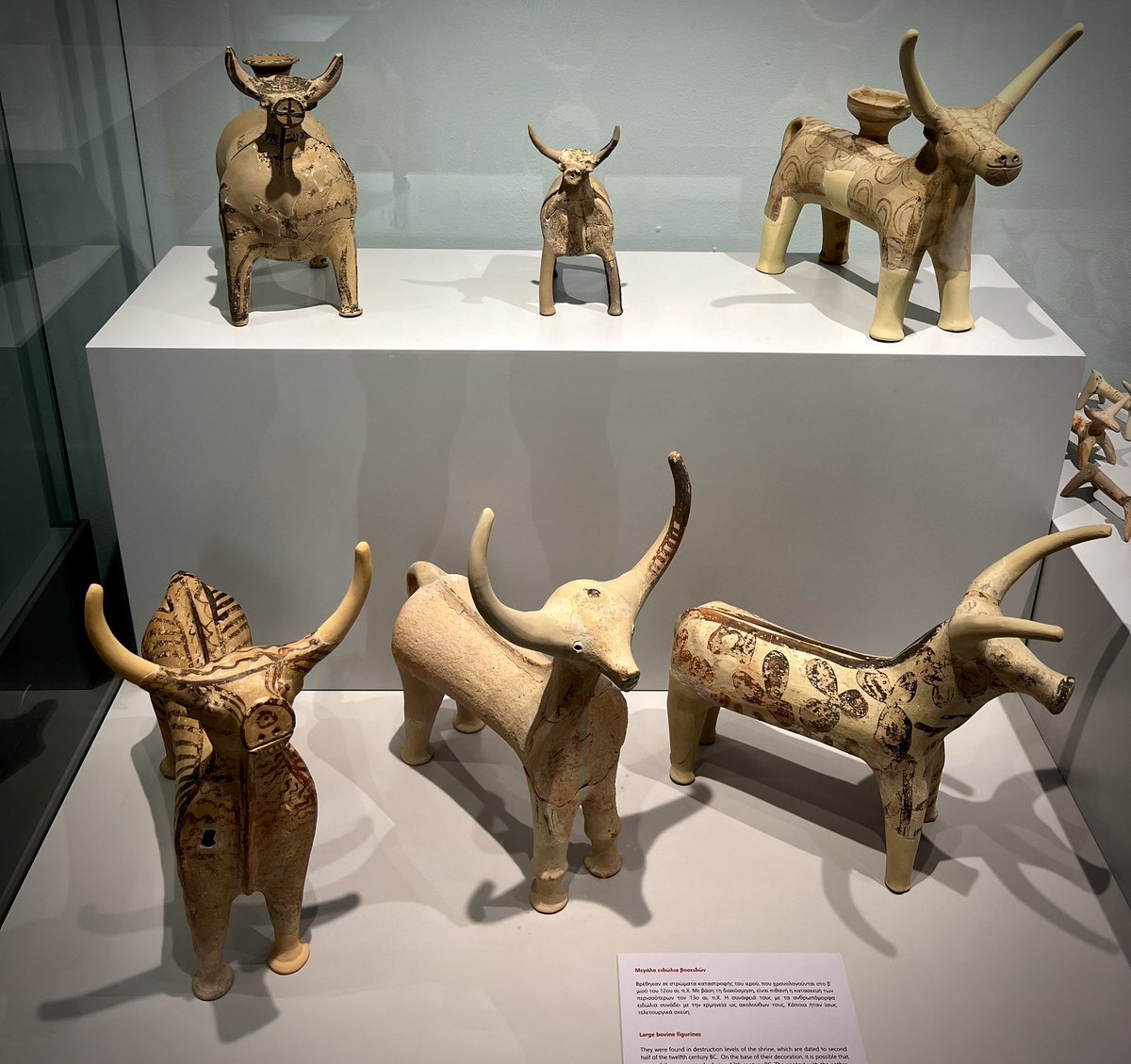
This small bronze figurine is one of a pair of ‘smiting gods’ found at the site, a rare sight for the Bronze Age Aegean!
Figurines like this hail from Anatolia & the Levant, where they may represent the local gods Baal or Rashef.
8/12

Figurines like this hail from Anatolia & the Levant, where they may represent the local gods Baal or Rashef.
8/12
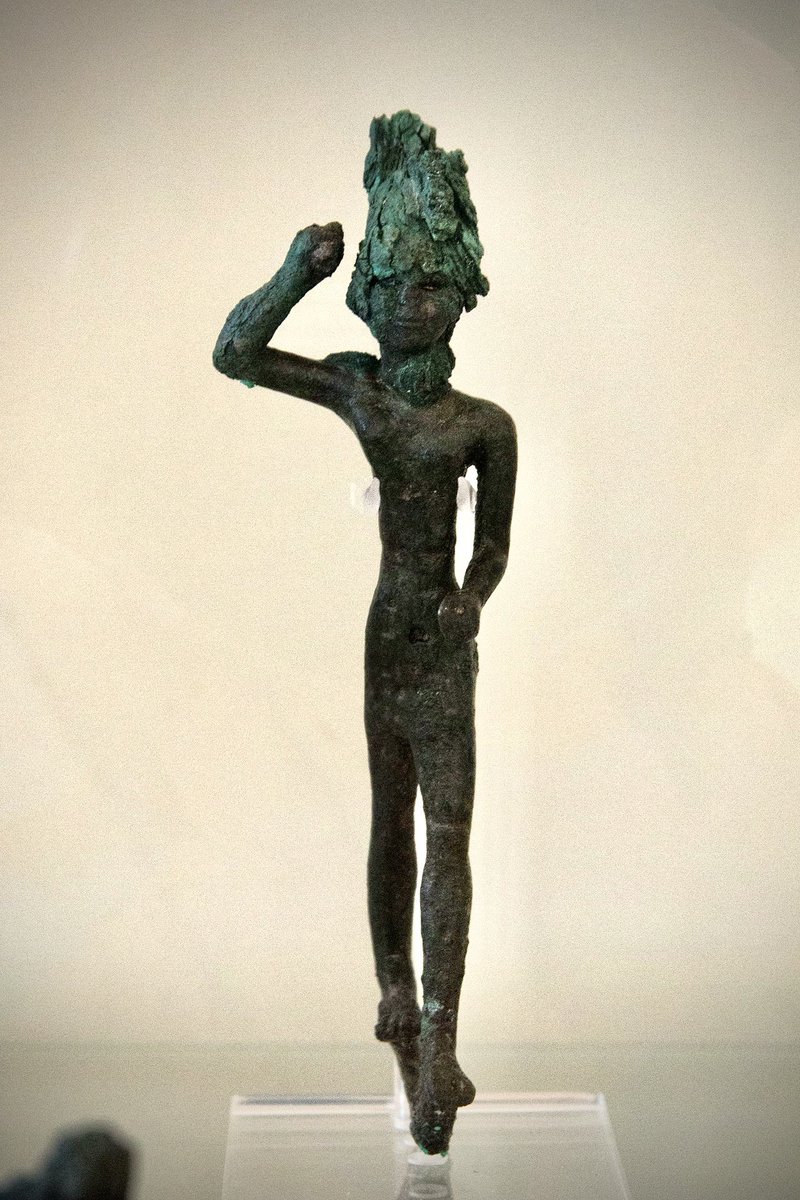

Another incredible find from the temple at Phylakopi is this tiny gold mask, a miniature version of the famous funerary masks from Mycenae like the ‘Mask of Agamemnon.’
It‘a thought that it was meant to cover the face of a small cult figurine, perhaps made from wood!
9/12

It‘a thought that it was meant to cover the face of a small cult figurine, perhaps made from wood!
9/12


The most important find from the sanctuary is this 45cm statuette, known as the ‘Lady of Phylakopi!’
Vividly decorated & very well preserved, she would have held her arms above her head, perhaps representing a goddess or a worshipping priestess.
10/12
Vividly decorated & very well preserved, she would have held her arms above her head, perhaps representing a goddess or a worshipping priestess.
10/12

Many questions remain about the inhabitants at Phylakopi, especially whether we should consider them Minoan & Mycenaean, or simply influenced by these cultures.
To answer these questions, we have to explore the material left behind by ordinary inhabitants of the city!
11/12
To answer these questions, we have to explore the material left behind by ordinary inhabitants of the city!
11/12

Our work on the Small Cycladic Islands Project is helping answer these questions, exploring life on other nearby islands during prehistory & beyond.
Keep following along for more updates about the amazing #archaeology being recorded during #SCIP2022!
12/12
Keep following along for more updates about the amazing #archaeology being recorded during #SCIP2022!
12/12

• • •
Missing some Tweet in this thread? You can try to
force a refresh




